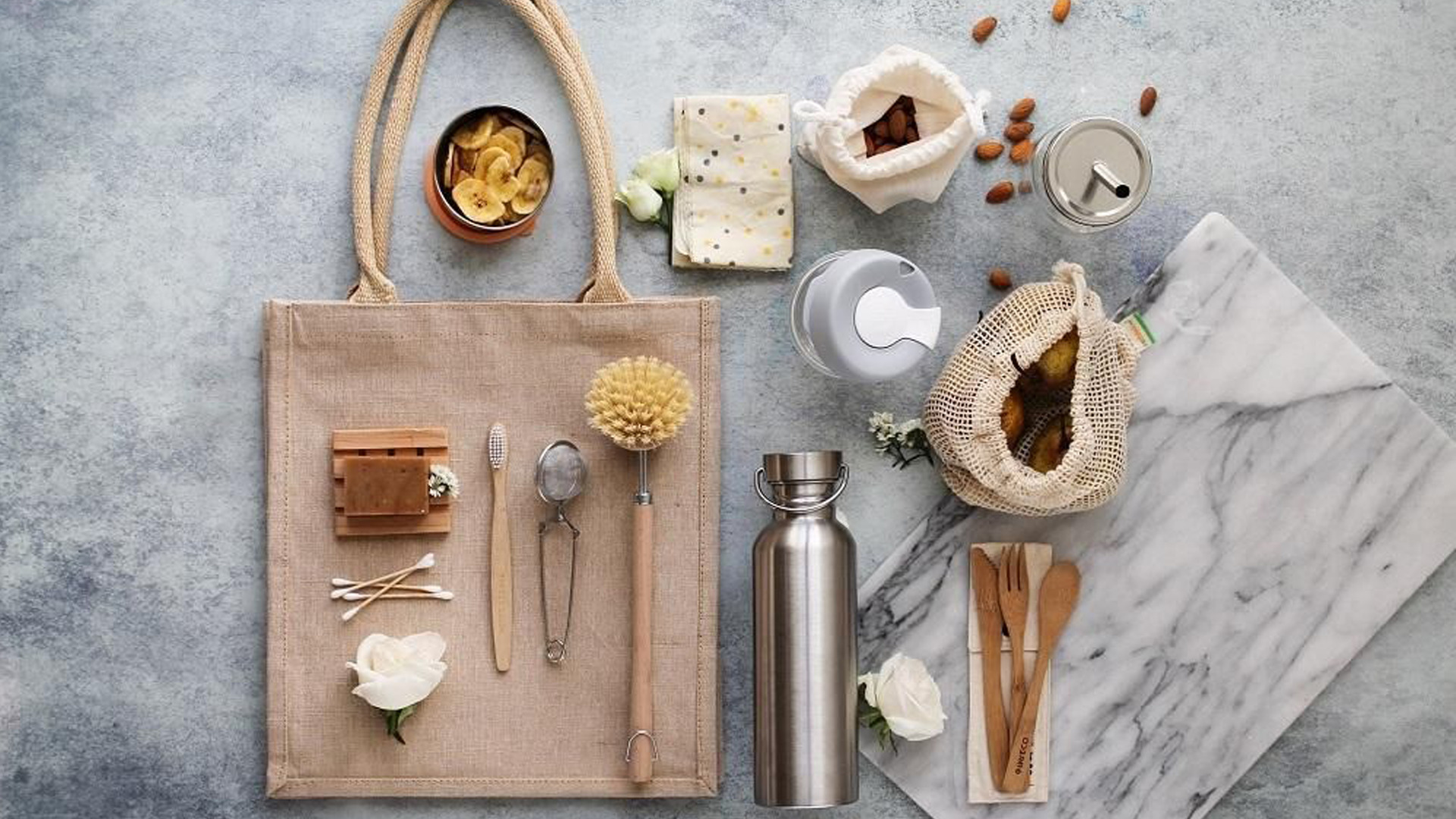Explaining what your research is about in a clear and concise way isn’t easy, especially if your audience has little or no prior knowledge of the subject. That’s why UAntwerp organises PRESS>SPEAK, an annual writing and presenting competition for young researchers taking their first steps in science communication. Every year, the winners of the writing contest are featured on the Pintra blog.
For the PRESS>SPEAK writing competition, researchers were instructed to explain their research in a text of three paragraphs of max. 150 words. They also had to come up with a short and pithy title, a striking subtitle, and a picture illustrating the difference their research aims to make in society. The first winning text, written in Dutch by Laure Herweyers (Faculty of Design Sciences), is about the smart design of reusable products. Below is the English translation.
Purchased sustainably, used incorrectly
Disposable is out, reusable is in. People are buying cloth vegetable bags, metal drinking bottles and glass containers to reduce their carbon footprint. But just buying new products will not get us there. Our behaviour has to change as well, and that appears to be easier said than done. According to research by ‘The Reuse Lab’ at the University of Antwerp, implementing smart design can help.
Ecological web shops are springing up like mushrooms these days. Reusable products are cool, but they sometimes miss the mark. They can only have a positive effect on the environment if we use them in a sustainable way and for a long time. The production of a cotton tote bag, for example, requires a lot ofenergy and water, about three to six thousand litres per bag. You have to use a tote bag at least fifty times before it is better for the environment than a disposable bag. For a metal straw, you only achieve environmental gains after using it 150 times. This has to do with the life cycle of a product. Not only waste, but all phases in the life of a product have an environmental impact: from the extraction of materials to production, transport, use and disposal. If we want to have a positive effect on the environment, we must deal with reusable products in a fundamentally different way than with disposable products.
Designs for a long lifespan
In addition to raising awareness, adjusting regulations and increasing supply, smart design is needed to encourage people to use their sustainable products for longer. Reusable straws and vegetable bags are regularly left at home, and what if you have a spontaneous coffee date? Not everyone carries around their own coffee cup at all times. The products need maintenance, which requires extra time and effort from the user. On top of that, they are sometimes expensive or the supply in local shops is limited. Additionally, the COVID-19 crisis has caused people to start using more plastic packaging again, because disposable is often wrongly associated with being more hygienic. Sometimes the product is awkward to use, or does not work as well as the disposable alternative. By looking at these problems from a wider perspective, designers can encourage the proper use of sustainable products by making smart choices in the design process.
Research at ‘The Reuse Lab’ (Product Development, UA) shows that people can be motivated by focusing on ease of use, optimising environmental factors and offering good service. By offering a product in combination with a service, the burden of maintenance can be reduced. An example is the Billie Cup, where people are given a reusable cup in a coffee shop and can return it unwashed to any other participating coffee shop. Moreover, it is essential that the sustainable product works properly, preferably better and more easily than the disposable alternative. Finally, for many disposable products there are currently no good alternatives. There is still a lot of potential for designers there, too. In the end, sustainable is not only trendy but also the way to the future. To reach that destination, correct and long-term recycling is an important step in the right direction.



